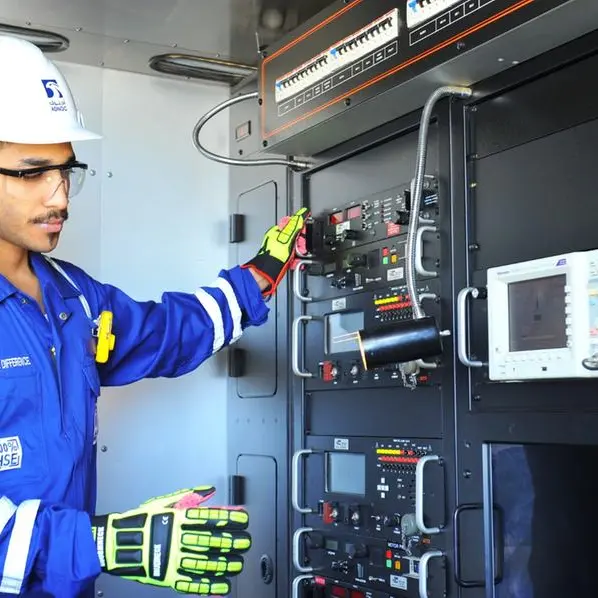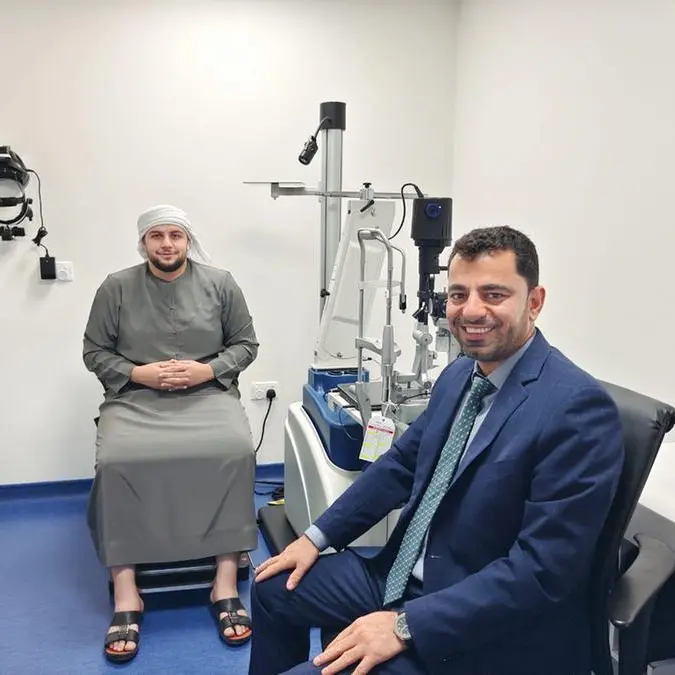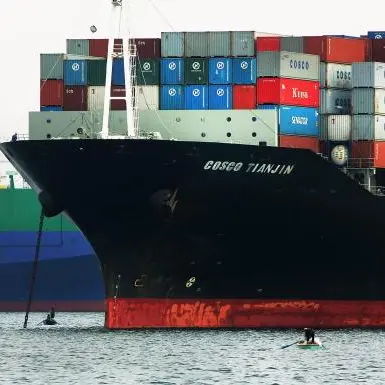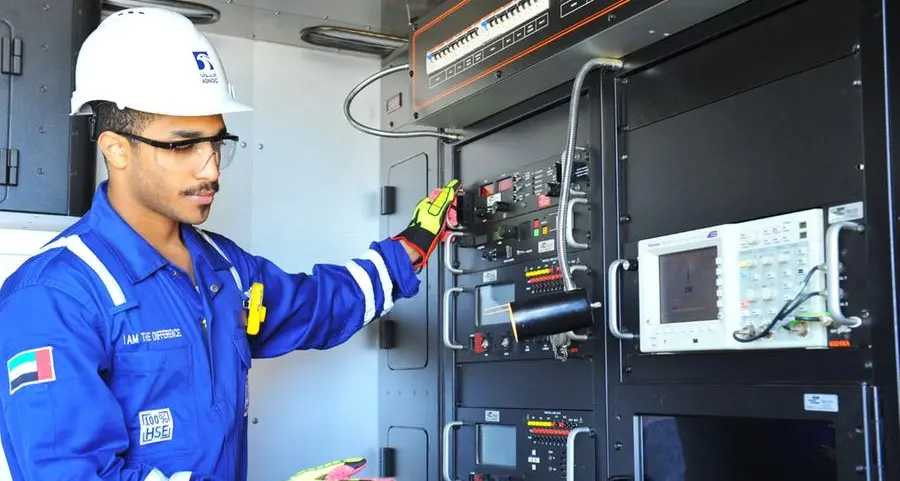19 May 2016
Muscat: Oman's total electricity customers have increased by 7 per cent last year, thanks to a surge in number of domestic customers by 47,815 in several governorates, according to Electricity Holding Company (popularly known as Nama group).
The growth was above above an average of 6 per cent annual growth rate recorded over the past 10 years and was mainly attributed to the growth of the domestic segment driven by Muscat, South Batinah, Ad Dhakaliya and As Sharqiah governorates, which fall under the operations of Muscat Electricity Distribution Company (MEDC) and Mazoon Electricity Company (MZEC), the company said in a media briefing here on Wednesday.
The commercial segment growth of 18,492 customers was driven by MEDC, MZEC and Majan Electricity Company (MJEC).
The group has continued its efforts to further enhance customer service and experience by leveraging technologies through automated meter readings for 8,000-9,000 high-value customers to enable better understanding of electricity consumption, in addition to a customer relationship management systems to enable faster complaint management and resolution, improved billing and to provide integrated services across direct and indirect channels. MEDC has also introduced Sabiq pre-paid meters as an alternative payment channel.
With a view of increasing private sector participation in the electricity sector and to attract further investment to the local electricity sector, Nama Group has completed the sale of Dhofar Generation Company and has completed phase 1 of the study to assess the readiness of privatising Muscat Electricity Distribution Company.
Also, the group has also completed phase one of Lamar Project implementation and raised $1 billion bond from international markets for Oman Electricity Transmission Company long terms capital expenditure and arranged financing of OMR537 million for MEDC and MZEC in 2015, and MJEC in 2016. The US dollar bond also received international acclaim as the best Middle Eastern bond deal of the year in 2015.
Nama group recorded OMR113 million in net profit and OMR1.1 billion revenue in 2015 in reflection to the increase in customer base and the growth in units sold by 15 per cent in 2015, which equates to OMR56.3 million, an additional sale of 3,605 GWh in 2015.
The revenue growth of 36.4 per cent in 2015, which includes customer collections and government subsidies, was mainly due to the increase in subsidies to customers from OMR295 million in 2014 to OMR448 million in 2015 in view of the increase in gas price from $1.5 to $3 per MMBTU in 2015.
"Over the past 10 years, the group has recorded significant improvements in the generation systems to implement cost efficiency measures, which have led to an overall 30 per cent reduction in per unit gas consumption through the introduction of new high efficiency turbines, which enabled an increase of the share of combined cycle plants and improved our economic dispatch," Eng. Omar bin Khalfan Al Wahaibi, Nama group chief executive officer, said, while addressing the annual media briefing.
Nama group has also set plans to reduce an additional 22 per cent on the per unit gas consumption by 2022. In addition to overall efficiency improvements through the introduction of higher efficiency plants, the introduction of reverse osmosis desalination plants to replace the multi-stage flash technology will enable the achievement of the new target.
The distribution companies have also recorded a notable overall improvement of over 50 per cent in distribution losses over the past 10 years.
Eng. Omar highlighted a number of achievements recorded by Nama Group's generation, procurement, transmission, distribution and supply businesses and the future plans for the group. "The Nama brand reflects our renewed commitment 'For Lasting Prosperity' through the continued work in growing our network availability and generation capacity to meet the needs of over 1 million customers achieved in 2015," he said during his presentation.
"As part of the group's long term strategy, it has aligned its investments programme and built staff competency towards improving its operations to ensure the delivery of safe and sustainable electricity to our growing customer base and to support the economic development across all regions of the Sultanate," Eng. Omar added.
The benefits from implementing the group strategies have been recognised by the significant improvement of 64 positions in the World Bank's 2015 "Doing Business Report", which has been attributed to the electricity sector in Oman. Nama Group has started fully recording the duration and frequency of outages as well as streamlining administrative processes and reducing the paperwork needed to complete transactions. The group has contributed to these positive changes alongside its partner and suppliers, which have driven by a workforce that constitutes of 91 per cent Omanis.
While speaking on the future outlook for the Group, Eng Omar said; "We recognise that we have to make significant strides towards meeting the goals of economic diversification as outlined in Oman's Vision 2020, which emphasises the importance of energy infrastructure to attract economic investment and the diversification of energy sources through renewables."
Muscat: Oman's total electricity customers have increased by 7 per cent last year, thanks to a surge in number of domestic customers by 47,815 in several governorates, according to Electricity Holding Company (popularly known as Nama group).
The growth was above above an average of 6 per cent annual growth rate recorded over the past 10 years and was mainly attributed to the growth of the domestic segment driven by Muscat, South Batinah, Ad Dhakaliya and As Sharqiah governorates, which fall under the operations of Muscat Electricity Distribution Company (MEDC) and Mazoon Electricity Company (MZEC), the company said in a media briefing here on Wednesday.
The commercial segment growth of 18,492 customers was driven by MEDC, MZEC and Majan Electricity Company (MJEC).
The group has continued its efforts to further enhance customer service and experience by leveraging technologies through automated meter readings for 8,000-9,000 high-value customers to enable better understanding of electricity consumption, in addition to a customer relationship management systems to enable faster complaint management and resolution, improved billing and to provide integrated services across direct and indirect channels. MEDC has also introduced Sabiq pre-paid meters as an alternative payment channel.
With a view of increasing private sector participation in the electricity sector and to attract further investment to the local electricity sector, Nama Group has completed the sale of Dhofar Generation Company and has completed phase 1 of the study to assess the readiness of privatising Muscat Electricity Distribution Company.
Also, the group has also completed phase one of Lamar Project implementation and raised $1 billion bond from international markets for Oman Electricity Transmission Company long terms capital expenditure and arranged financing of OMR537 million for MEDC and MZEC in 2015, and MJEC in 2016. The US dollar bond also received international acclaim as the best Middle Eastern bond deal of the year in 2015.
Nama group recorded OMR113 million in net profit and OMR1.1 billion revenue in 2015 in reflection to the increase in customer base and the growth in units sold by 15 per cent in 2015, which equates to OMR56.3 million, an additional sale of 3,605 GWh in 2015.
The revenue growth of 36.4 per cent in 2015, which includes customer collections and government subsidies, was mainly due to the increase in subsidies to customers from OMR295 million in 2014 to OMR448 million in 2015 in view of the increase in gas price from $1.5 to $3 per MMBTU in 2015.
"Over the past 10 years, the group has recorded significant improvements in the generation systems to implement cost efficiency measures, which have led to an overall 30 per cent reduction in per unit gas consumption through the introduction of new high efficiency turbines, which enabled an increase of the share of combined cycle plants and improved our economic dispatch," Eng. Omar bin Khalfan Al Wahaibi, Nama group chief executive officer, said, while addressing the annual media briefing.
Nama group has also set plans to reduce an additional 22 per cent on the per unit gas consumption by 2022. In addition to overall efficiency improvements through the introduction of higher efficiency plants, the introduction of reverse osmosis desalination plants to replace the multi-stage flash technology will enable the achievement of the new target.
The distribution companies have also recorded a notable overall improvement of over 50 per cent in distribution losses over the past 10 years.
Eng. Omar highlighted a number of achievements recorded by Nama Group's generation, procurement, transmission, distribution and supply businesses and the future plans for the group. "The Nama brand reflects our renewed commitment 'For Lasting Prosperity' through the continued work in growing our network availability and generation capacity to meet the needs of over 1 million customers achieved in 2015," he said during his presentation.
"As part of the group's long term strategy, it has aligned its investments programme and built staff competency towards improving its operations to ensure the delivery of safe and sustainable electricity to our growing customer base and to support the economic development across all regions of the Sultanate," Eng. Omar added.
The benefits from implementing the group strategies have been recognised by the significant improvement of 64 positions in the World Bank's 2015 "Doing Business Report", which has been attributed to the electricity sector in Oman. Nama Group has started fully recording the duration and frequency of outages as well as streamlining administrative processes and reducing the paperwork needed to complete transactions. The group has contributed to these positive changes alongside its partner and suppliers, which have driven by a workforce that constitutes of 91 per cent Omanis.
While speaking on the future outlook for the Group, Eng Omar said; "We recognise that we have to make significant strides towards meeting the goals of economic diversification as outlined in Oman's Vision 2020, which emphasises the importance of energy infrastructure to attract economic investment and the diversification of energy sources through renewables."
© Times of Oman 2016











